The greatness of nature has no bounds. From the smallest grain of sand to the highest mountains, each has a sense of meaning and destination. Scientists say that mountains were created as a result of the shifts of the earth’s crust, but I believe that there is some force that knows what it’s doing and has some plan for all of us. I envy people who got a chance to see the magnificent beauty of these mountains (the world’s tallest) with their own eyes, but I want to thank every photographer whose photo we are showcasing today for giving us a chance to visit the places they’ve been and see the wondrous sights they’ve seen.
The Himalayas are among the youngest mountain ranges on the planet (about 50 million years old), and they are the home of the world’s highest peaks. In Nepali, “himal” means “snow-covered mountain” which in a single word beautifully describes what a traveler sees. The mountain range stretches across six countries: India, Bhutan, China, Afghanistan, Nepal, and Pakistan. No matter which of those countries you travel to, you’re sure to be charmed by the Himalayas forever.
The Himalayas have served as a natural barrier between different cultures for ages, and at the same time they have had a tremendous impact on South Asian teachings and beliefs. Many Himalayan peaks are sacred in both Hinduism and Buddhism and there are many folk tales about these graceful mountains that are passed on from fathers to sons.
1. Everest
Everest is the highest mountain in the world. It was named after George Everest, a geographer who studied India in the 19th century. The mountain is located on the border between Nepal and Tibet, and its height is 29,035.44 feet (8,850 meters) which is like 17 Taipei Towers! Everest is the sacred dream of all the mountain climbers. Every year despite all the dangers and high costs, hundreds of people try conquering the mountain.
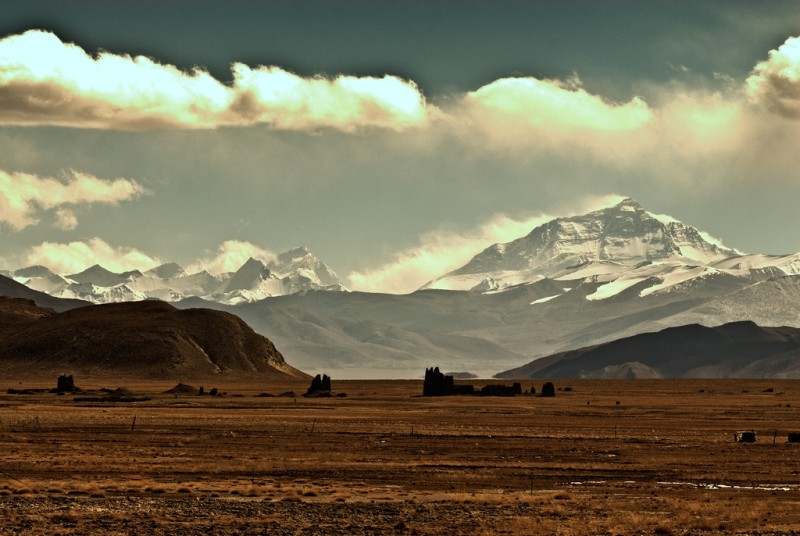
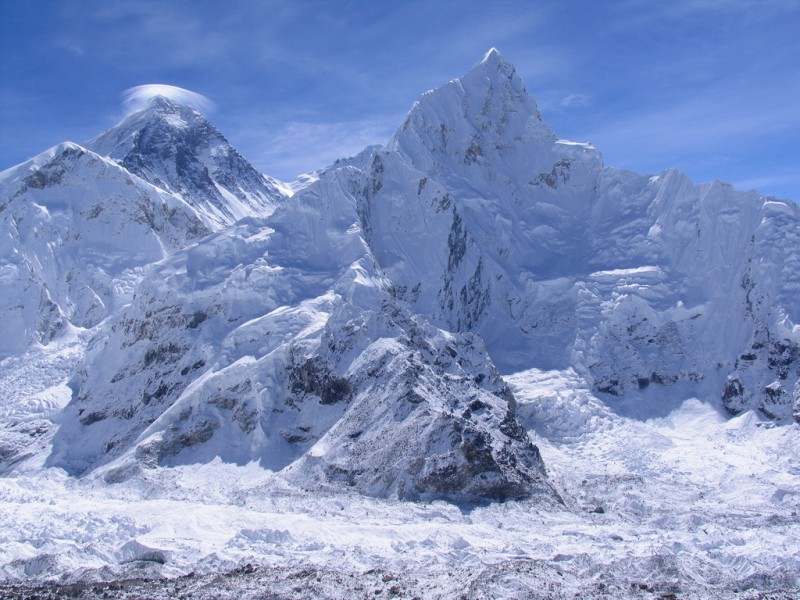
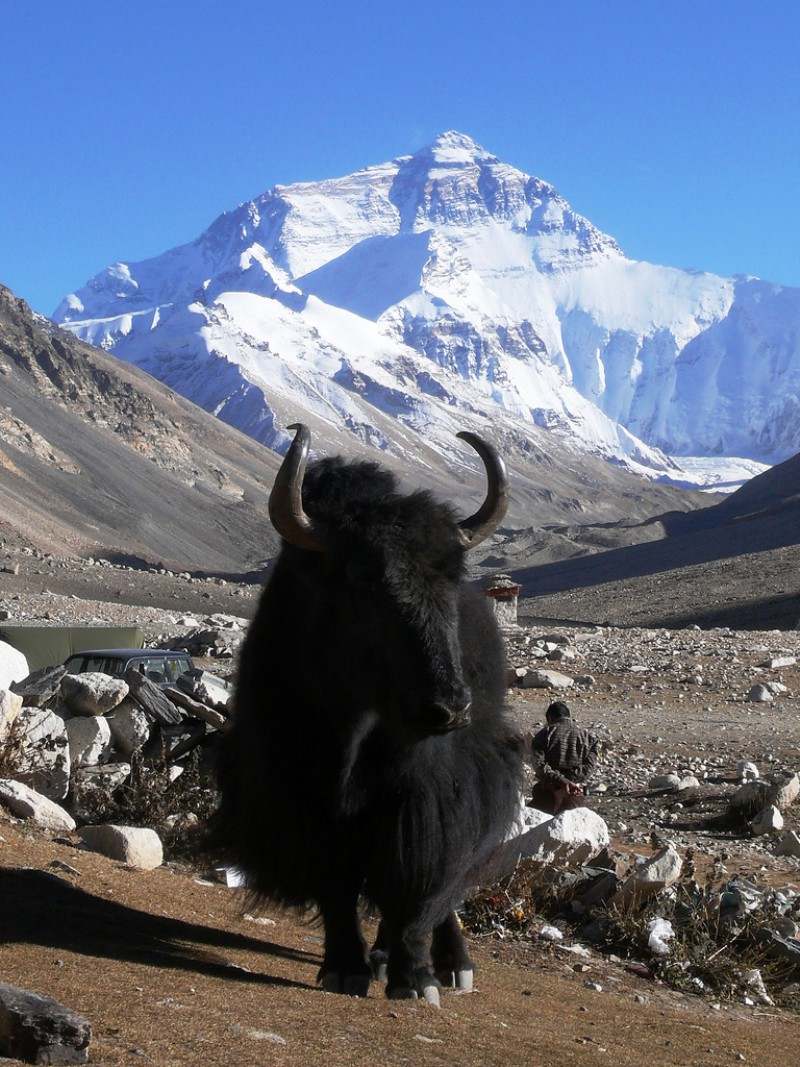
2. K2
K2 peak, located on the territory of Pakistan, is 28,169 feet (8,611 meters) high and is the second highest mountain in the world. People also call it the “Savage Mountain” since the ascent is very difficult. The death statistics are terrifying — for every four people who have reached the summit, one has died trying.
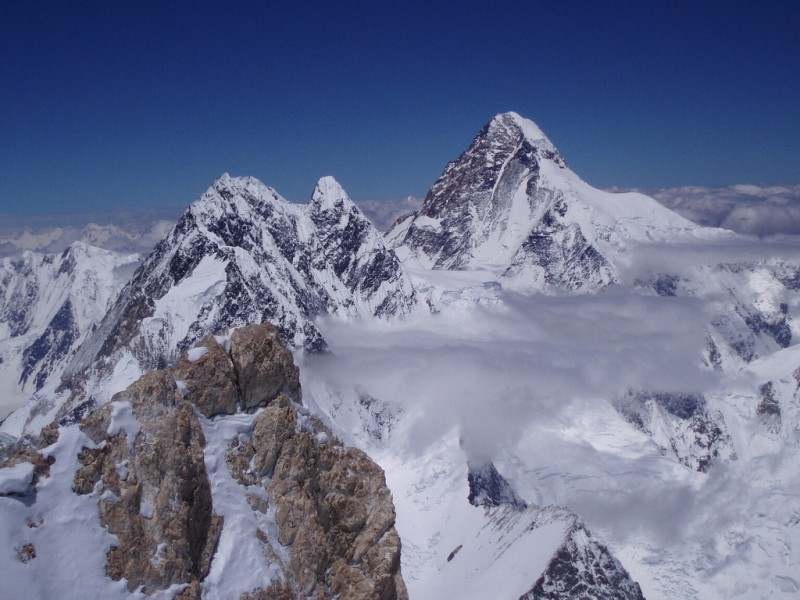
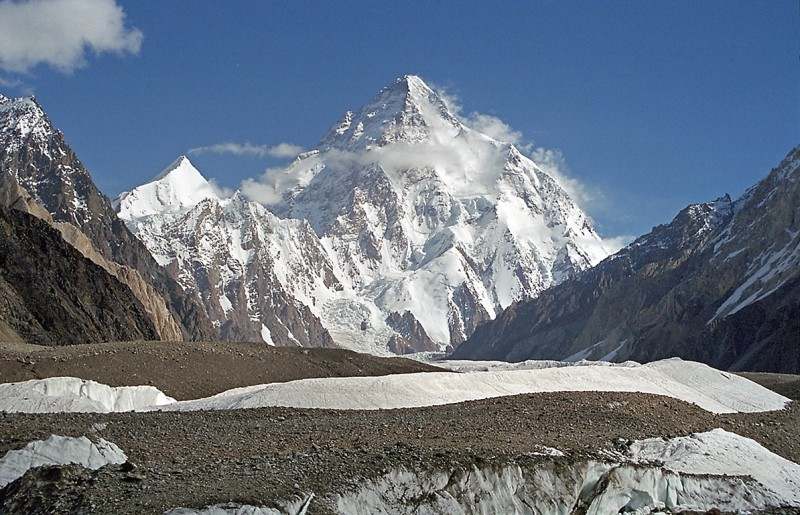
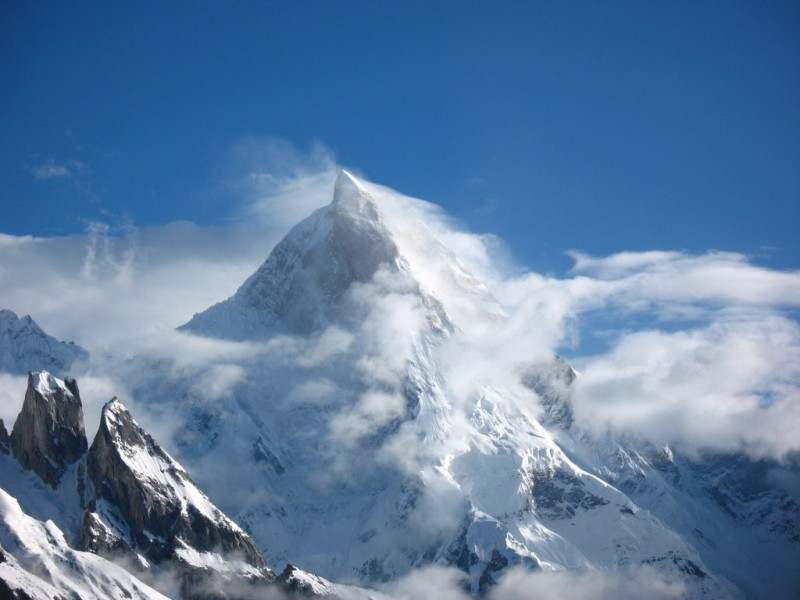
3. Kangchenjunga
In the Nepali language “Kangchenjunga” means “The Five Treasures of Snows.” That is because the mountain has five peaks which are believed to represent the 5 repositories of God — gold, silver, gems, grain, and holy books. Elevation of the highest peak is 28,169 feet (8,586 meters).
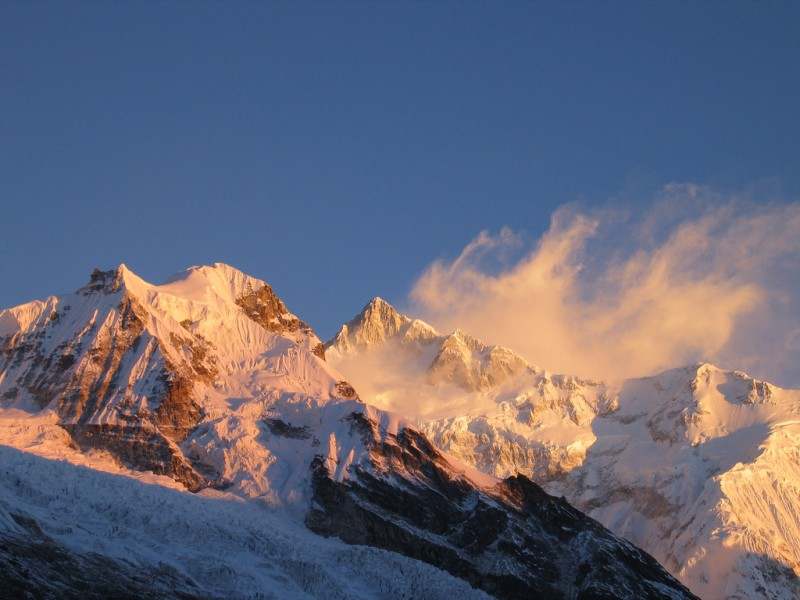
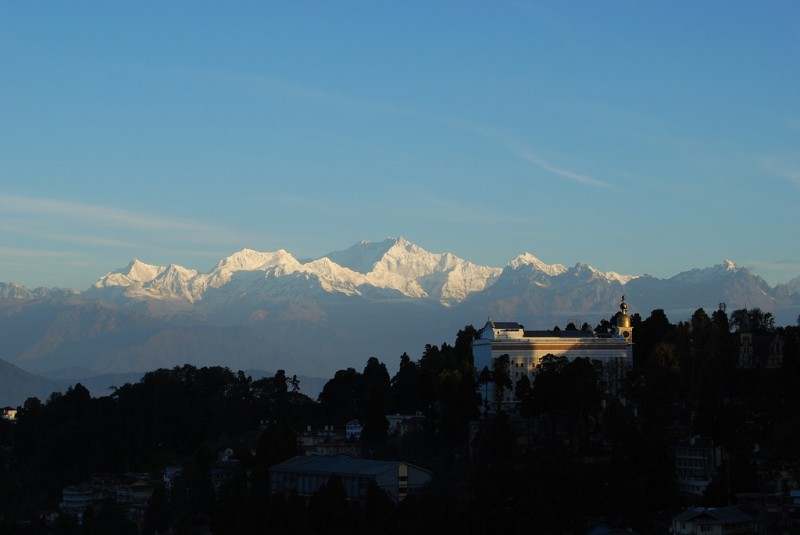
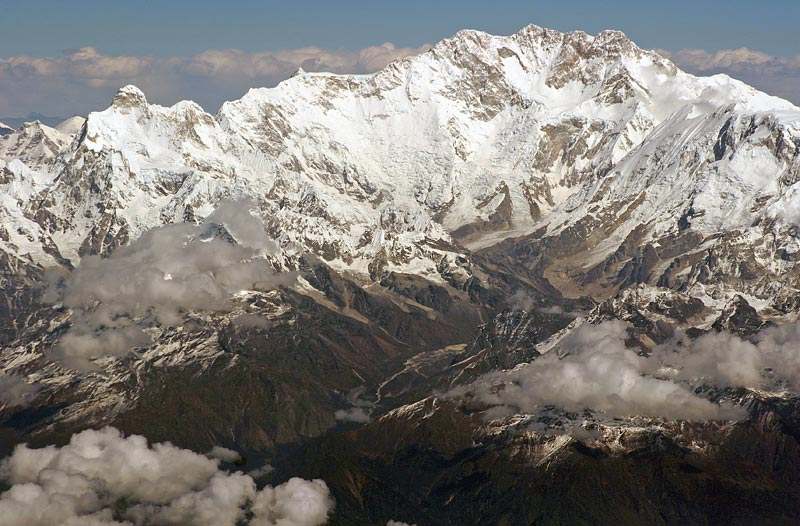
4. Lhotse
Lhotse is 27,940 feet (8,516 meters) high and is seen as being in the shadow of Everest. “Lhotse” is literally translated from Tibetan to mean “South Peak”. The south face of the mountain is very steep, so the climbing routes are mainly to the northwest.
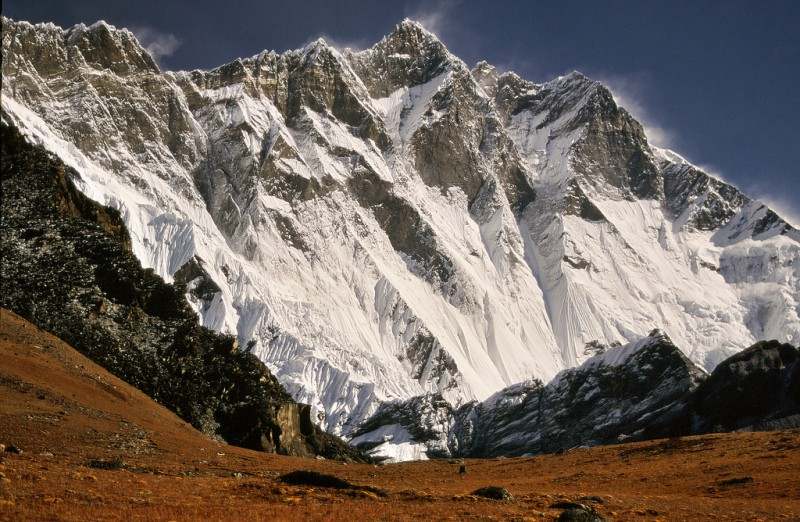
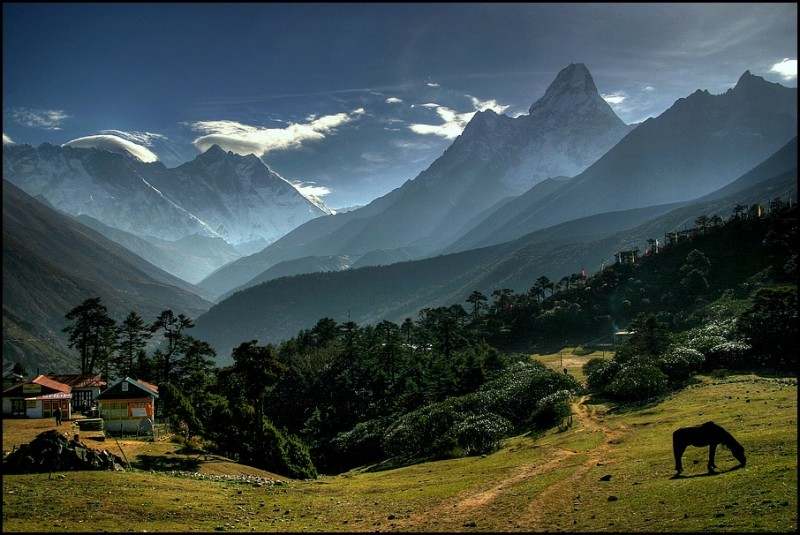

5. Makalu
Makalu, also known as “The Great Black,” soars 27,762 feet (8,462 meters) high and is the fifth highest mountain in the world. Made of an impressive mass of red granite, it’s no wonder it deserved such a name. Makalu is one of the harder 8000-meter peaks and is considered to be one of the most difficult mountains to climb in the world.
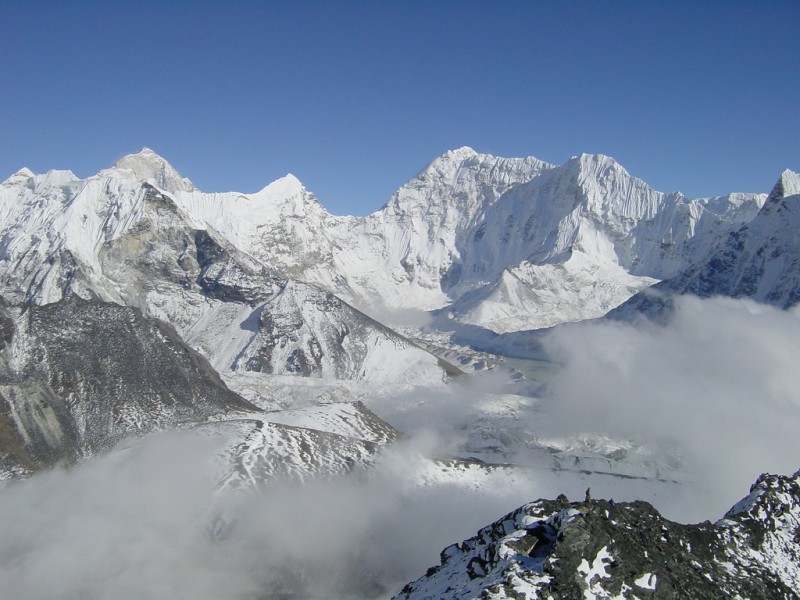
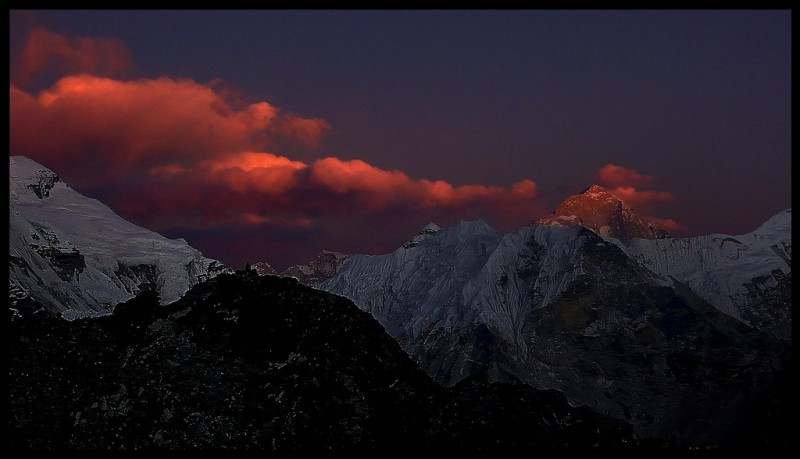
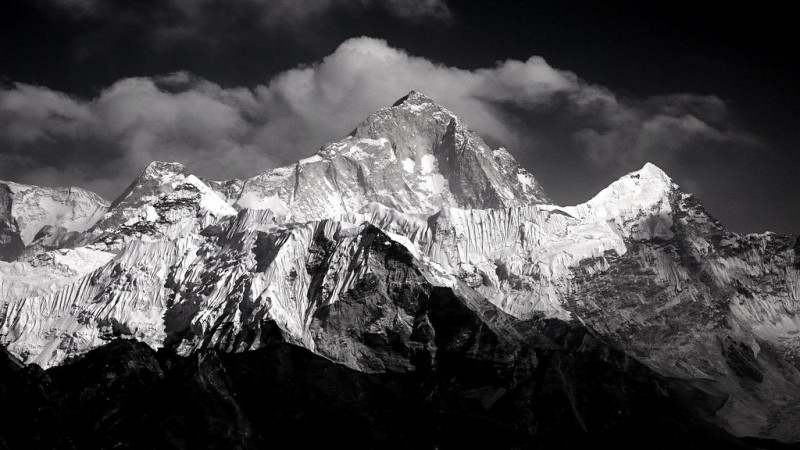
6. Cho Oyu
Cho Oyu, which means “Turquoise Goddess” in Tibetan, is the 6th highest mountain in the world. Though its height is 26,905 feet (8,201 meters), the mountain has the highest success rate of all the 8000-meter peaks. The quality of its route, the good conditions, and its ease of access make it one of the most popular mountains to climb.
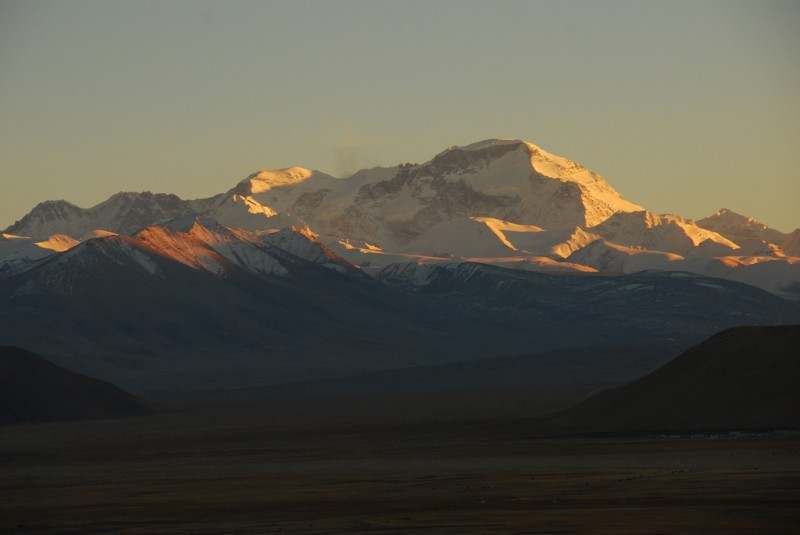
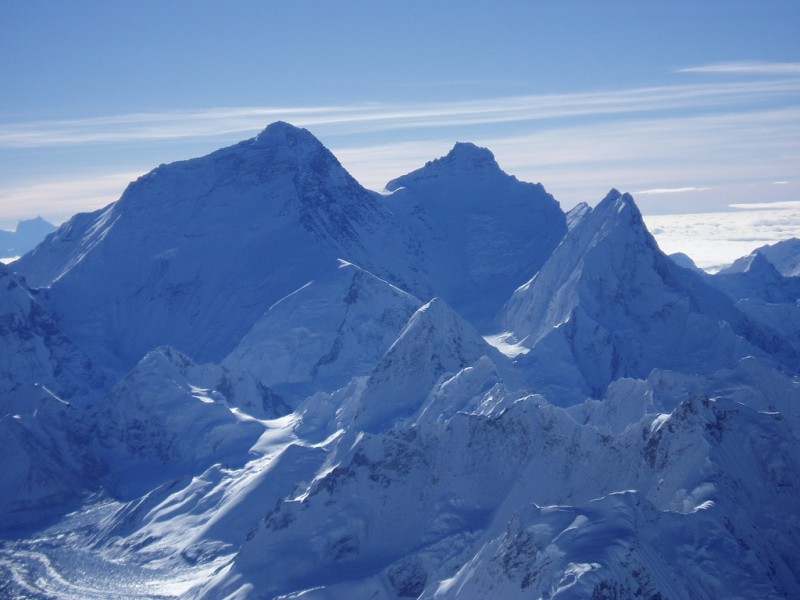
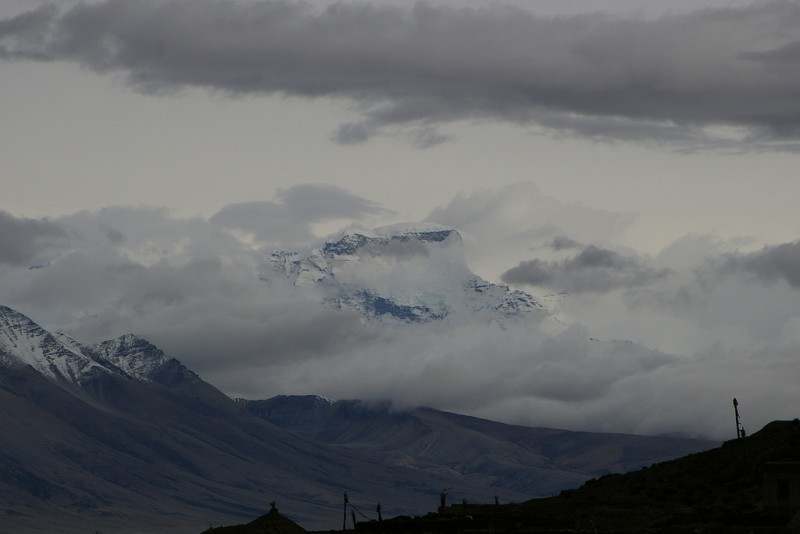
7. Dhaulagiri
Dhaulagiri is a “white mountain.” Its elevation is 26,795 feet (8,167 meters).
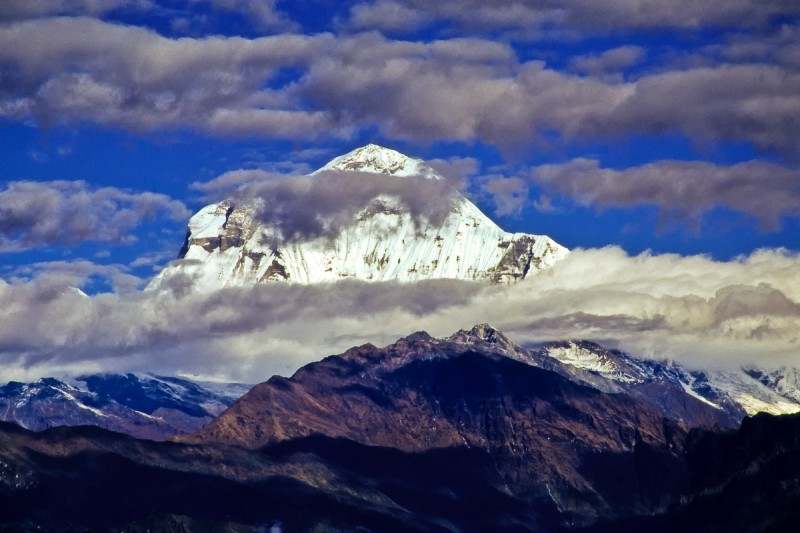
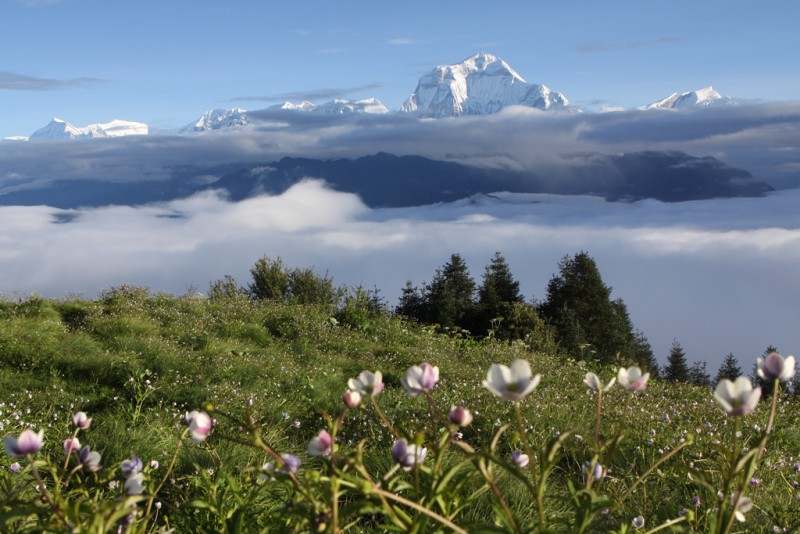
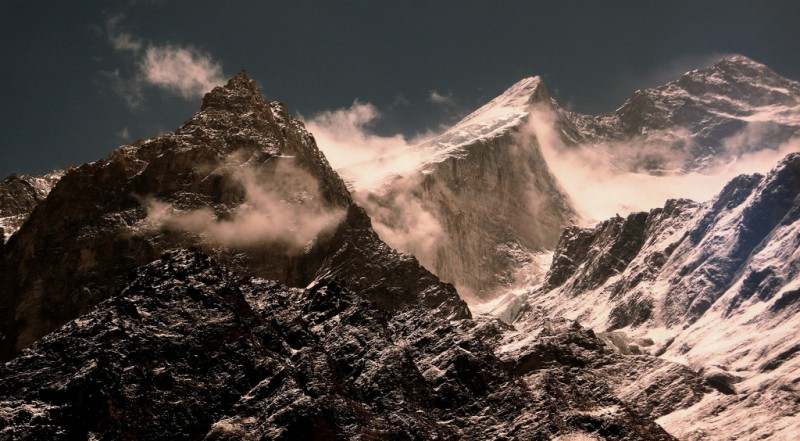
8. Manaslu
The “Mountain of the Spirit,” Manaslu, is not one of the better-known mountains in the world, but it’s one of the most dangerous with the 4th-highest fatality rate of all the 8000-meter peaks. The height of the mountain is 26,759 feet (8,156 meters) above sea level.
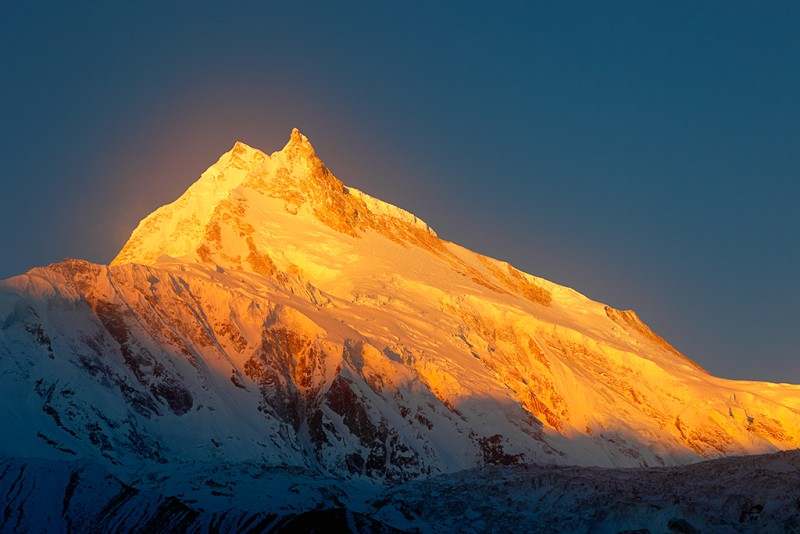
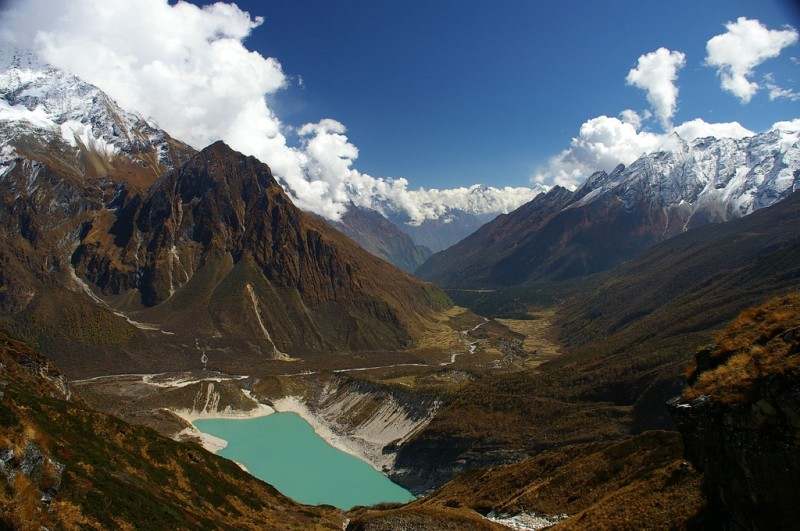
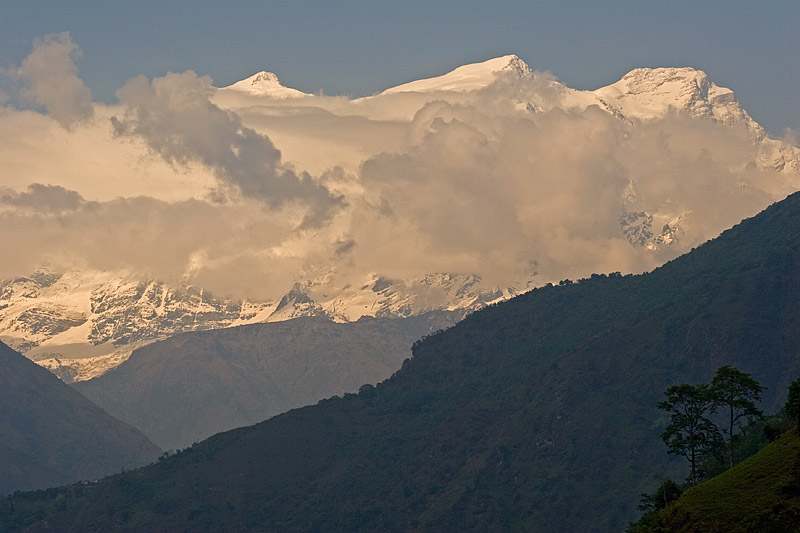
9. Nanga Parbat
Nanga Parbat, also known as the “Naked Mountain,” was one of the deadliest mountains to climb in the first half of the 20th century. The height of the mountain is 26,660 feet (8,126 meters) and it’s a truly awesome spectacle. The south face is the largest in the world, extending over four kilometers above base camp.
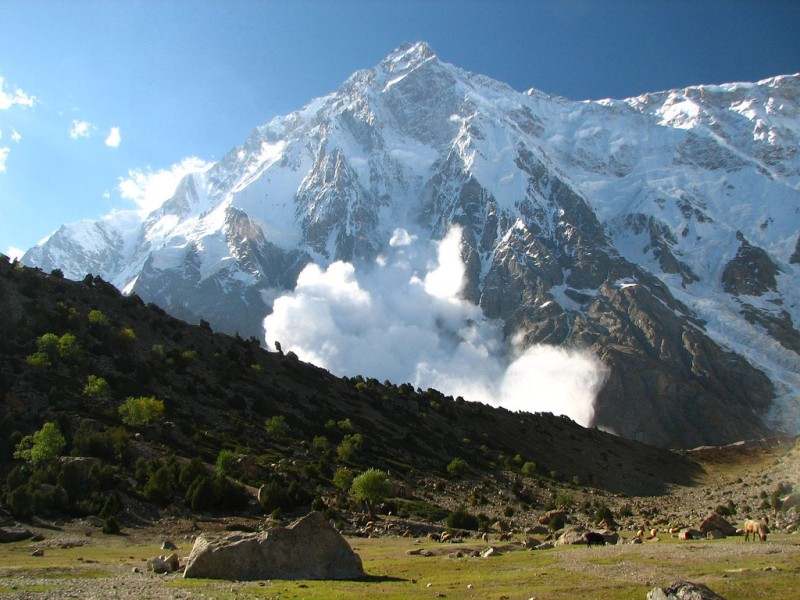
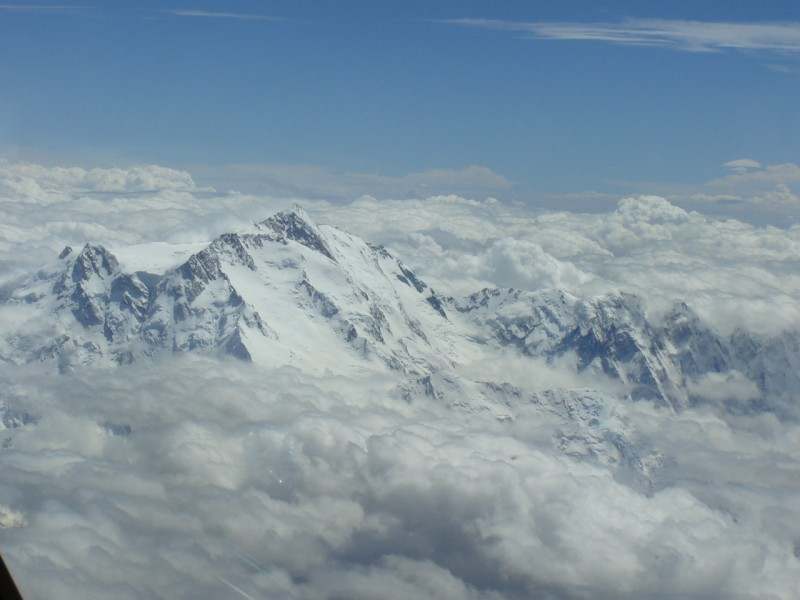
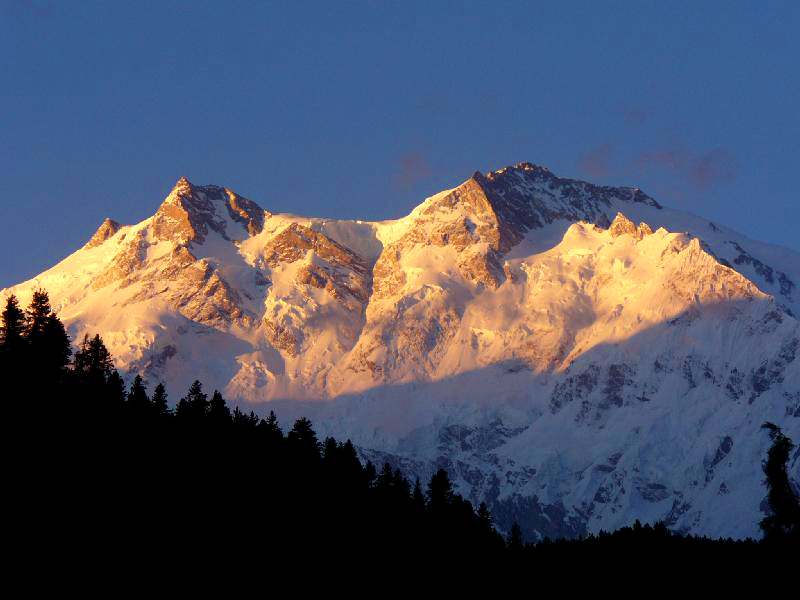
10. Annapurna
Annapurna means the “ Goddess of the Harvests.” The mountain’s height is 26,545 feet (8,091 meters) and its peaks are among the world’s most dangerous mountains to climb.

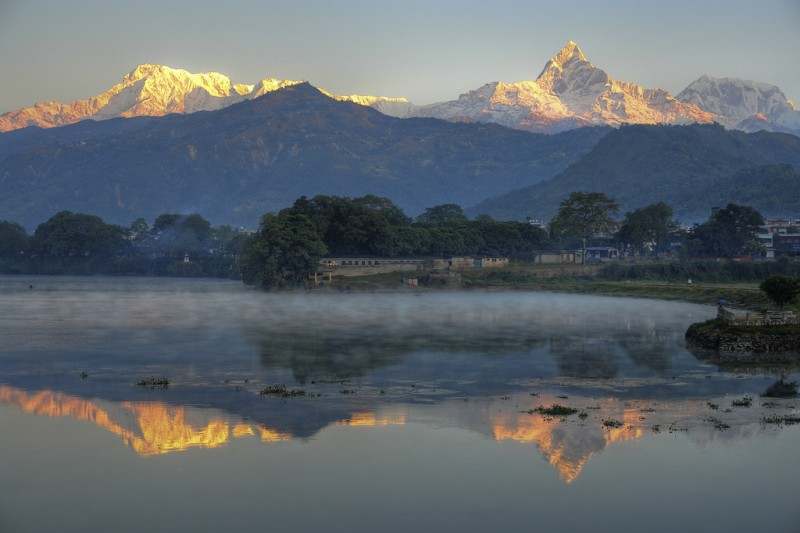
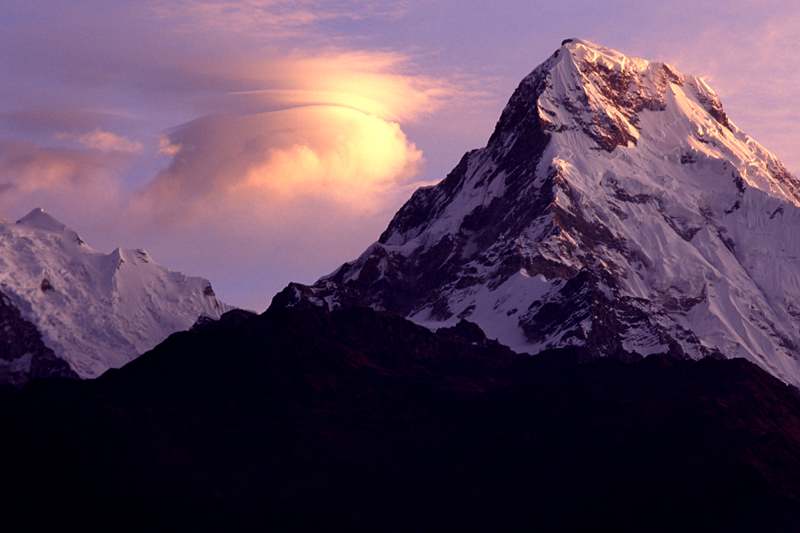
No comments:
Post a Comment
Thanks for comments